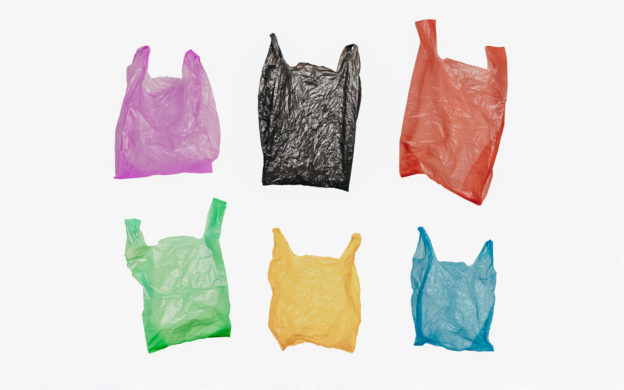Sustainability has been a hot topic over the last few years within a variety of industries, political debates, and personal behaviors.
But what is sustainability?
Sustainability is the relationship between human action and nature. It is the constant search for a balance between the two, with an emphasis on resilience and future stability. It is an aim to change behaviors, both personal and systemic, and nudge society towards positive change. It is an action plan to reduce uneven societies, protect the environment, and still develop. It is, in short, a huge challenge faced by humankind right now.
The term “Sustainable Development” was first coined in 1987 at the United Nations by Norwegian Prime Minister Gro Brundtland (she went on to be the Director General of the World Health Organisation from 1998 – 2003). It is often defined as “meeting the needs of today without compromising the ability of future generations to meet their own needs” (The Brundtland Commission, 1987). It was in 1992 in Rio de Janeiro, at the Environment and Development Conference, where attending countries committed to sustainable projects in a variety of different areas and levels of the society (Agenda 21). Currently, the United Nations is working towards Agenda 2030 and promoting 17 sustainable developments goals (SDGs) within a number of sectors and scales.
There are many ways to describe the term “sustainability” and methods that can be applied to achieve it depending on the industry and context. At its core, however, it can be synthesized in three interdependent pillars: environmental sustainability, economic sustainability, and social sustainability.

Environmental sustainability (planet)
Nature is suffering due to significant impact by human actions. Oceans are being polluted by huge amounts of waste, forests are disappearing, air quality is reduced, and the temperature of the planet continues to rise.
As a result, environmental sustainability is related to the rate of resources used on the planet – both renewable resources, such as wind and solar radiation, and non-renewable resources, such as many minerals that are close to be extinguished. It also refers to the high pollution rates and production that comes from a number of industries, as well as individual behaviour regarding these resources.

Economic sustainability (profit)
Economic sustainability relates to long-term development in order to maximize usability and reduce environmental and social impact, as well as defining levels of production. Under this pillar, different methods can be explored and exploited in order to economically sustain both businesses and countries.
There are two terms used within the subject:
Cradle to Cradle (C2C)
and circular economy. C2C is a concept based on recycling through design, where the recycled cost is lower than a new material cost. It views materials as nutrients within a metabolism, and using them in this way creates a waste-free system.
Circular economy aims to reuse the waste of a company and/or product as a resource for another company and/or product. These two concepts have different backgrounds, but both move towards circular consumption and waste reduction. Consumption is, in fact, part of our daily life, but it is up to us to understand how we design, buy, use and discard our products. Do you know where the products you buy come from? Or where are they discarded? And more importantly, how are our governments or international organizations implementing progressive systems that enable transparency and reuse?

Social sustainability (human)
Unfortunately, social sustainability still receives less attention in public and political debates than environmental and economic sustainability. Under social sustainability are topics such as social equality, gender equality, human rights, and citizen participation, among others. It considers how individuals, communities, and societies relate to each other.
From a global perspective, social sustainability includes environmental and economic perspective. Social sustainability’s overall aim is for everyone’s wellbeing. It works toward a structure that can support social life, social health, education, nutrition, and community. Sustainability is more of a social process than anything else.

Thinking holistically for the present and future
The pillars mentioned above are interdependent and complement each other. It is important to understand what is currently occurring in both societies and on the planet, and to be aware of what we are consuming, building, and discarding. We must understand how ecosystems respond to our actions. Nature is very rich, and we must to take care of it – it is an organism that needs to be healthy to survive.
This same principle applies to our societies and their economies. We need to start thinking and acting holistically, as individuals, businesses, and governments. We must be critical of what is happening at the moment, avoid past mistakes and properly plan the future.

